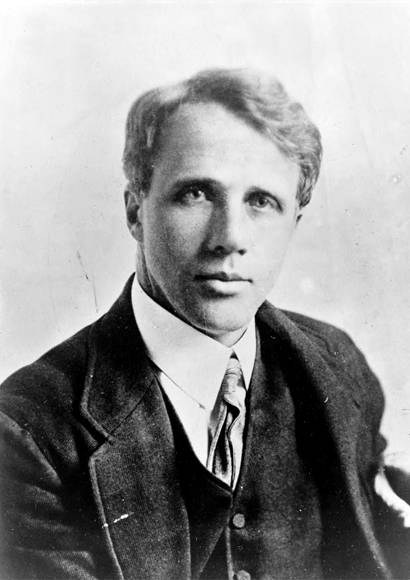Transcription:
Whereas Jerusha my Wife, deluded by her old wicked mother, and her descendants in the family, as to cause the said Jerusha, to be seduced, by an old illiterate villanous imposter of the [mohegan?] choir who styled himself Doctor Quack Charon, whom we may conjecture was drowned at the time of Noah’s flood, & who not long since has made his appearance from Orcus, & and entered into a certain family, with a huge bundle of Roots and a number of Jew’s-harps, to reach the art of necromancy in said family, and who by his magic art, and the assistance of his good old aunt who for several years has been troubled with the hypochrondria, catarrh or dripping of the brains, and all smuggling together, has caused said Jerusha to make a misstep, and wickedly transgress against the laws of God and man, and to break the seventh commandment, as the old necromancer has left a living testimony in the family, as a proof thereof, for which reasons of guilt and shame, and the penality of the law, the said Jerusha has deserted my bed and board without any just cause of mine, and has fled into the state of Newyork to complete her studies with a Lady who has followed the art of coquetry for several years I therefore forbid any person or persons harboring or trusting her on the penalty of the law, as I will pay no debts of her contracting after this date.
SAMUEL DWIGHT
Arlington, July 16th, 1800
(as published in the Vermont Gazette, August 4, 1800)



